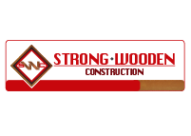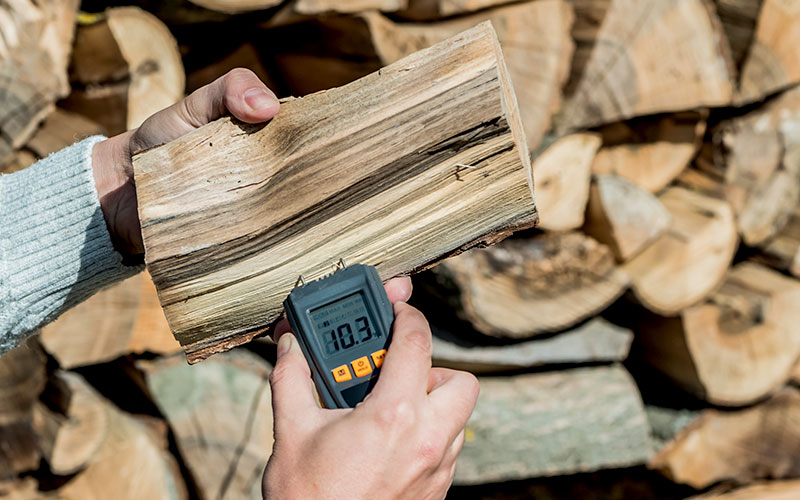The most common problems caused by moisture in wood are finishes that don’t stick, joinery that breaks apart, and boards that take on new and unwanted shapes after milling. The solution to all these problems is to use wood that has been dried to the right moisture content, between 8% and 12%.
A much quicker way to monitor MC is to use a moisture meter. According to our surveys, most FWW readers don’t own one. That’s a shame because these tools can help any home-shop woodworker avoid the damaging effects of wood movement in a project. And today’s moisture meters are more affordable than ever.
MOISTURE SEEKS EQUILIBRIUM
Embedded moisture is forever seeking to find a balance with the moisture in the environment around it. If the wood you use for furniture or flooring has a higher moisture content than its ambient surroundings, it will eventually dry to a near-compatible level; when the difference is extreme, it can cause the wood to shrink and crack as that moisture dissipates. Moisture migrating out of materials also causes paint and other surface finishes to fail, just as moisture emanating out of subflooring can invade the finished flooring laid on top of it, causing the wood to swell and buckle.
Moisture meters: are a standard go-to test and measurement tool in many industries, from material handling and storage to gardening and woodworking. As the pros know, “If you can’t measure it, you can’t manage it.” Fortunately, these instruments are also readily available in hardware and home stores at very affordable prices. And they’re easy to use – simply hold one against the material you need to test and you’ll know instantly whether that material is ready to work or finish, or if it needs to be in an environment where its moisture content can gradually reach equilibrium with its surroundings.
TWO TYPES
Basically, there are two types of moisture meters: Pin type and Pinless. Pin type meters have sharp, needle-like pins that are designed to be stuck directly into the wood or material to be tested. Their built-in pins measure the electrical resistance between the pins, which is affected by the moisture content in the material. The pinless type is non-penetrating meters that have an electrode plate that is simply placed in contact with the material surface and generates an electrical field to measure relative moisture content. Both types of meters will get the job done.
Finally, pin-type meters measure moisture at or just below a material’s surface, but because their pins must penetrate – and potentially mar – the surface they are less desirable for testing finished goods. Pinless meters, on the other hand, detect moisture beneath a surface (generally up to 3/4) and are useful for determining moisture content without damaging the material. Moisture meters are especially necessary for woodworking because wood is extremely susceptible to moisture fluctuation. Knowing when wood is ready to be worked or finished often determines a project’s success or failure.

